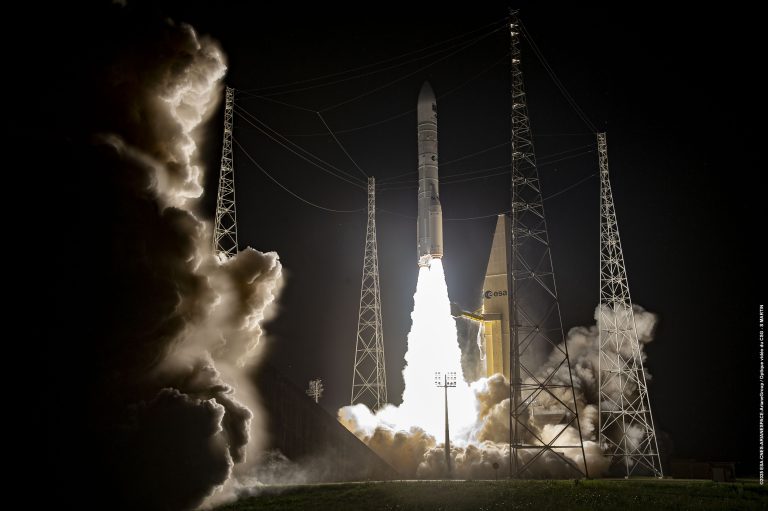
Press Releases
17.12.2025
With Ariane 6, Arianespace successfully launches EU's Galileo L14

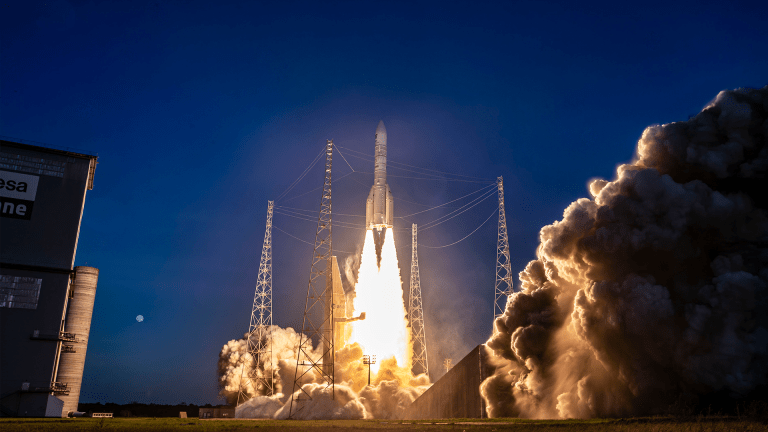
Flight VA265 - Sentinel-1D

Press Releases
17.12.2025
With Ariane 6, Arianespace successfully launches EU's Galileo L14

Ariane 6
09.12.2025
Canopée Sets Sail for Ariane 6 flight VA267: a new milestone for Arianespace and Amazon Leo
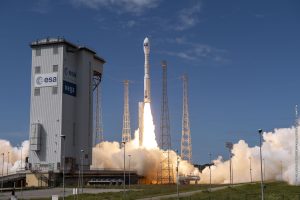
Press Releases
01.12.2025
Arianespace successfully launches KOMPSAT-7 satellite with Vega C

Press Releases
27.11.2025
Flight VV28: New launch date
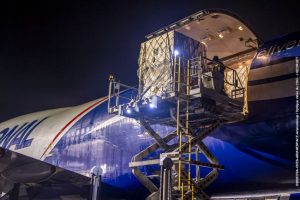
Ariane 6
26.11.2025
The first Amazon Leo satellites land in French Guiana

Press Releases
21.11.2025
Flight VV28: Launch rescheduled

Press Releases
20.11.2025
Arianespace to launch EU's Galileo L14 on December 17, 2025, with Ariane 6
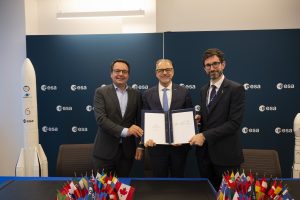
Press Releases
14.11.2025
Two arrangements mark a new step for Ariane 6 and Vega C exploitation

Press Releases
13.11.2025
Arianespace to launch KOMPSAT-7 satellite on November 28, 2025, with Vega C
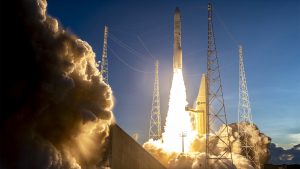
Press Releases
04.11.2025
With Ariane 6, Arianespace successfully launches Copernicus Sentinel-1D satellite
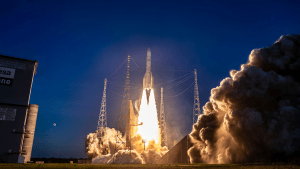
Ariane 6
04.11.2025
Flight VA265 - Sentinel-1D

Press Releases
21.10.2025
Maxime Verrière is appointed Chief Strategy and Transformation Officer of Arianespace
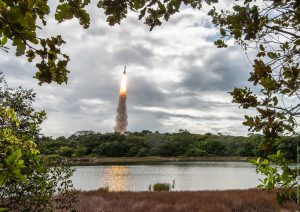
Press Releases
16.10.2025
Ariane 6's fourth flight of 2025 will service Europe's Galileo satellite navigation system

Press Releases
06.10.2025
Arianespace to launch EU's Copernicus Sentinel-1D satellite on November 4, 2025, with Ariane 6

Press Releases
29.09.2025
Arianespace and BULL further collaboration for space debris mitigation on Ariane 6

Contracts
24.09.2025
Arianespace to launch German defense satellites SATCOMBw Stufe 3 with Ariane 6